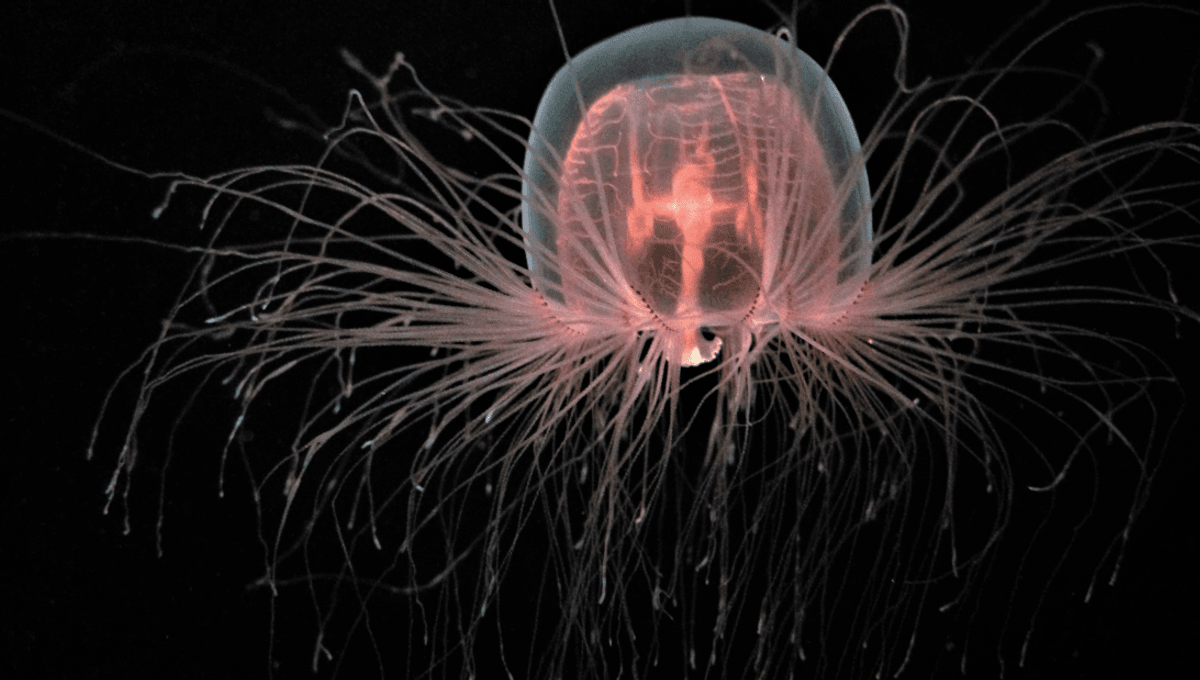The ocean quahog may not look like much, but don’t let its appearance fool you. It takes these clams over 200 years to reach a mere 5 centimeters (2 inches) in size. In fact, the oldest recorded ocean quahog was a whopping 507 years old, making it the oldest known non-colonial animal on Earth.
Now, I know what you’re thinking. Animals living longer than 500 years? It’s true! Let’s dive into some of Earth’s most ancient creatures.

In 2015, scientists made an incredible discovery 2,133 meters (7,000 feet) below the sea’s surface near the Papahānaumokuākea Marine National Monument off Hawaii. They found the largest sponge ever recorded, a colossal colonial organism. These slow-growing creatures must be ancient to reach such enormous sizes. While the exact age of this record-breaking sponge remains unconfirmed, the National Oceanic and Atmospheric Administration reports that sponges can live for over 2,300 years.
The “immortal” jellyfish
Now, let’s shift our attention to a tiny organism with a fascinating ability to defy death. Meet the immortal jellyfish, Turritopsis dohrnii. Despite being smaller than a pinky nail, these jellyfish have a remarkable trick up their sleeves – they simply refuse to die.
When injured or starved, immortal jellyfish fall to the seabed and begin to decay. However, instead of perishing like most creatures, their cells reaggregate to create polyps, the earliest life stage of jellyfish. This incredible ability renders them biologically immortal. Unfortunately, once they’ve been eaten, there’s no coming back.

Ming the quahog clam witnessed centuries of history. From the Renaissance to the Industrial Revolution and the Internet Age, it saw it all. It observed countless wars, revolutions, and the rise and fall of empires. And yet, after 507 years of drama, what finally ended its life? A freezer. Yes, Ming the quahog clam, scientifically known as Arctica islandica, met its demise when it was frozen for research purposes. Freezing is a common cause of death for these clams, which are often captured and killed for commercial consumption. It makes you wonder how many more years Ming could have spent passively observing the world’s changes.
Atomic sharks
No discussion of Earth’s longest-living animals would be complete without mentioning the Greenland shark. This creature, which looks every bit of its ~400 years, owes its age revelation to an unexpected source – the atomic bomb. The “bomb pulse” phenomenon, detectable through radiocarbon dating of their eye lenses, has provided insights into their impressive lifespan.
Long life and tiny testicles
Living forever can have its downsides, especially when it comes to cancer. Generally, the longer an organism lives, the higher its risk of developing genetic mutations that can lead to disease. However, some resilient animals, like the bowhead whale, have evolved to overcome this challenge, becoming one of the longest-living species on Earth. But this evolutionary adaptation comes with a peculiar side effect – unusually small testicles.
Bowhead whales (Balaena mysticetus) can live for over 211 years thanks to a unique gene duplication process that slows down cell division, reducing the risk of cancer. Unfortunately, this genetic quirk also hampers male fertility, causing small gonad size and reduced sperm production due to the CDKN2C gene.

While marine creatures dominate the








